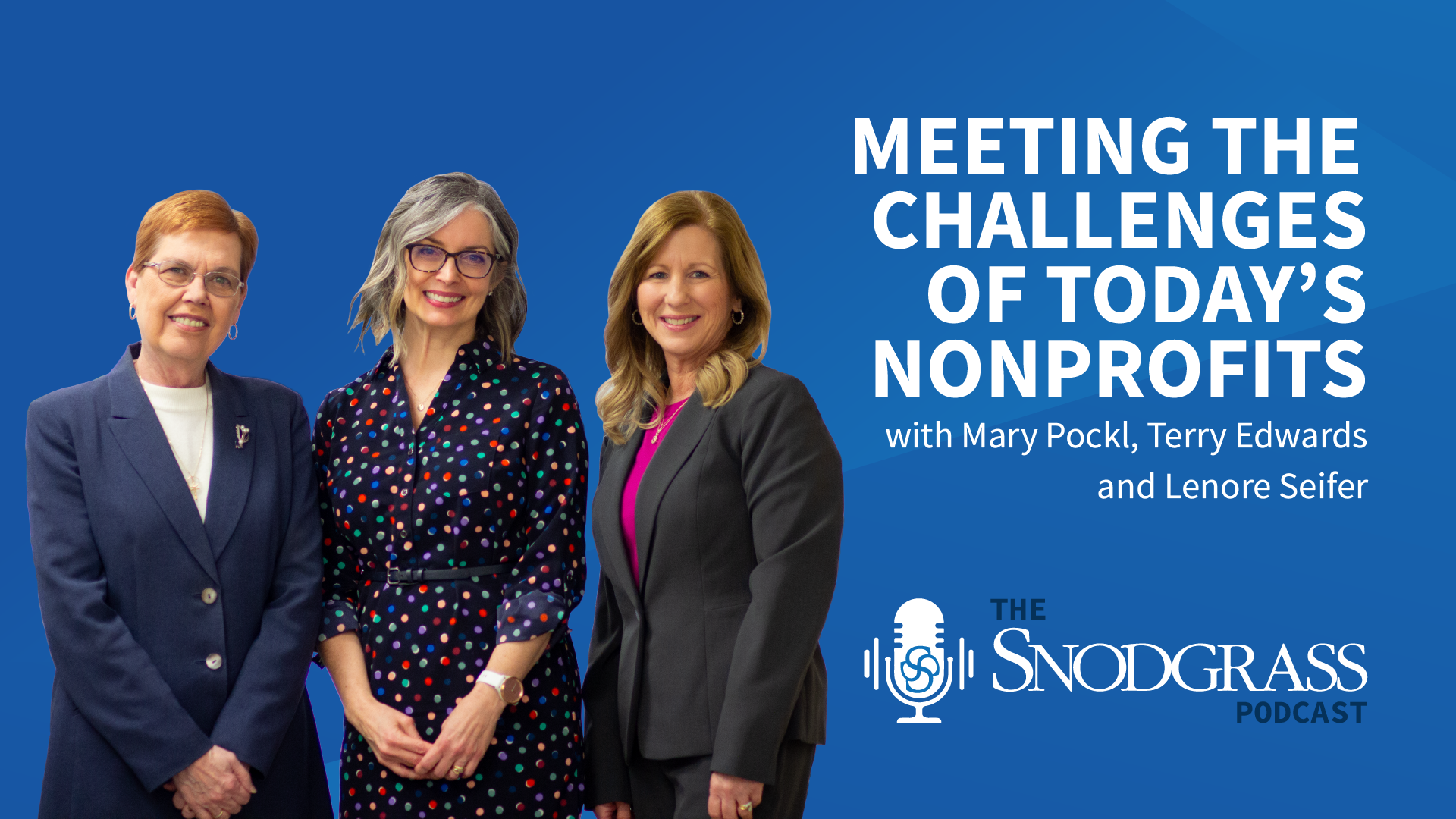As published in PACB\’s June 2020 issue of Hometown Banker.
During a call in mid-March, a good friend and CEO of a dynamic community bank said, “This will change the way business is conducted forever.” With those words, I shifted my thoughts from the distress of the moment to imagining what changes might result from the disruption caused by the pandemic. The timeline to the new normal has been continually addressed by public health experts, who suggest we may have to wait an estimated 18 to 24 months for access to an effective vaccine. So, we are not living in a new normal, but it is in our future. What will community banking be in a post-pandemic world?
The exhaustion so many bankers are experiencing, caused by the frantic speed of change that is taking place daily, is best compared to a sports setting. When the game is not going the way the team expected, the players try to slow down the game, regroup, and change the momentum of the contest by adjusting the game plan. It is understandable that community bank leaders feel too busy with the immediate challenges to consider a vision of the future of the business of banking in the post-pandemic era and their bank’s strategy and risk management options. But doing exactly that, they may find a silver lining in the dark clouds of our current situation.
Community bankers face many possibilities and opportunities to create new relationships with employees, customers, and shareholders, and to provide critically needed support to communities in addressing all their needs, requirements, and expectations. The past months have changed customers’ and employees’ behaviors of banking without branch lobbies. How has the pandemic impacted employees’ expectations concerning working from home or customers relying on multichannels as banks were thrust into doing business with the U.S. Government PPP loan program? Often, significant changes in the banking industry were initiated by customers’ buying styles, economic cycles, competition, and consumer technology innovations. Now, a rush to get back to normal may create further distractions from carefully considering the potential benefits provided by the expanded use of digital technology and remote capabilities. The use of network technology and video conferencing points us to a future of innovation, collaboration, and fundamental change that could take the industry to new places.
Strategy and risk are about what is next. Today, we find ourselves smack in the middle of NEXT. Addressing three essential tenets of strategy—sustainability, relevance, and scale—provides a framework for revising or recreating the existing business model and related risk platform.
Sustainability
As the economy reopens, community banks face strategic choices that directly impact the fundamental issues of what businesses they want to pursue, how they wish to service their customers, and in which markets they want to operate. Undeniably, the uncertainty caused by this pandemic is the fundamental challenge the business community must deal with. Even the consideration of projecting a bank’s future performance, emerging risk, and capital planning becomes a pass-through of customers’ conditions and attitudes concerning the continuity of their businesses or capacity to service their business or personal debt.
Stress testing the annual budget and longer-term financial projections based on the economic scenarios or borrower viability is the starting point. Stress testing the PPP loan exposure may be part of the process as well, in developing an operating plan targeted to an assumed date that the post-pandemic period may begin the new normal. So much seems to rest with the performance of the loan portfolios and, of course, margin pressures. Despite extremely low interest rates, the economic uncertainty that is creating liquidity opportunities in the short term may result in disintermediation in the future. A recent advertisement for a bump-up CD led me to wonder if it was misleading at best, considering Chairman Powell’s comments about keeping rates low for as long as necessary. Estimating credit risk may be challenging based on whether the economy in the post-pandemic time frame will be in a deep recession. Customer accommodations for forbearance, restructuring, or government subsidy programs may mask borrowers’ cash flow capacity. Financial projections, capital strategies, and enhanced loan workout experience will address the sustainability into and beyond the post-pandemic period.
Along the way, business models may evolve with the speed of changing behaviors of employees and customers. The advancement of video conferencing capabilities expands customer service and geographic boundaries. Work-from-home technology enables community banks the opportunity to continue to extend work-from-home options. An effective work-from-home platform will enable banks to recruit talented employees on a national level. This addresses one of the recurring strategic issues of talent recruitment, especially for those operating in rural markets. In addition, board governance committees can seek remote director candidates that possess particular skills and experience.
Relevance
By the end of 2019, relevance seemed to be synonymous with millennial. Could community banks’ digital technology capabilities compete for the millennial generation? The digital strategies implied they were the primary multichannel users.
Given the choice between using the drive-through, service call center, or digital options, many customers made the choice easily. Transaction records will provide valuable insight into customer preferences. In my travels, I did not see long lines at the drive-up windows or the need to have employees directing traffic, as I had feared. So, two issues were resolved: digital does not mean millennial, and all generations are interested in using multichannel relationships. This raises the question, why was digital usage growing at a relatively slow pace prior to the pandemic? Was it the marketing message, the lack of usage by bank personnel, or just the result of customer habits? On the commercial side, how many business customers will request remote deposit capture soon?
In addition to transaction records, keeping track of which customers requested appointments in the branch provides useful information concerning the utility of the branch lobbies, which will offer insight for the redesign of the business model. Based on conversations I have had with several banks, the appointments were generally to execute documents that required signatures. Expanding electronic signature capabilities is not challenging. In the process, I suspect that online account opening capabilities will receive a good deal of attention.
What is in store for the 80,000 branches in the United States? This has been a point of discussion for years, but this societal disruption is driving the need to make those decisions. Perhaps the recent customer patterns for processing transactions after choosing between the drive-up or service call center experience versus digital platforms will provide insight, as will the volume of the remote deposit channel.
I expect the renewed business models to include reshaping markets and branch access. Customers are pointing forward to acquire leverage and liquidity, financial planning, and advice for coming out of this pandemic and how to better prepare for their future.
Scale
Scalability simply refers to the ability to produce more revenue through a similar cost structure. Scale has been challenged by the need to make major investments in technology, employee training and development, and market expansion. As states open for business, community banks have choices concerning which offices to open, when to open, and what operational plans to employ. Questions may arise concerning the number of offices that are needed to achieve the strategic objectives and performance goals and align with community support. The opportunities depend on whether the approach is to revise the business model or consider a broader spectrum of possibilities for revenue growth and revisions to the cost structure and resource allocations.
Utilizing the intelligence compiled in recent months and aligning the choices with the decisions made in the strategic plan will support the delivery of customer value and employee well-being. Identifying these opportunities to prioritize and reallocate resources will elevate the strategic thinking from efficiency to productivity.
The careful allocation of operating expenses is also vital in managing risk, as the cost of risk mitigation is included in operating expenses. Understanding the purpose of those expenses as a safety net to protecting against unexpected losses is imperative.
Strategy, business model design, and risk management are essential as community bank leadership teams build a performance bridge, ensuring sustainability, as they move their organizations to arrive at the genuine new normal of the post-pandemic world and beyond.



